The key to marketing is to stay in front of the target audience.
The metaverse is taking virtual experiences to the next level, giving organizations opportunities to reach consumers in many new and innovative ways. And as the technology continues to grow and evolve, marketers need to understand how they can use it to engage customers.
Metaverse marketing is the latest form of generating significant profits for companies. This market could potentially hit $800 billion by 2024. And it is expected to grow by 13.1% every year.
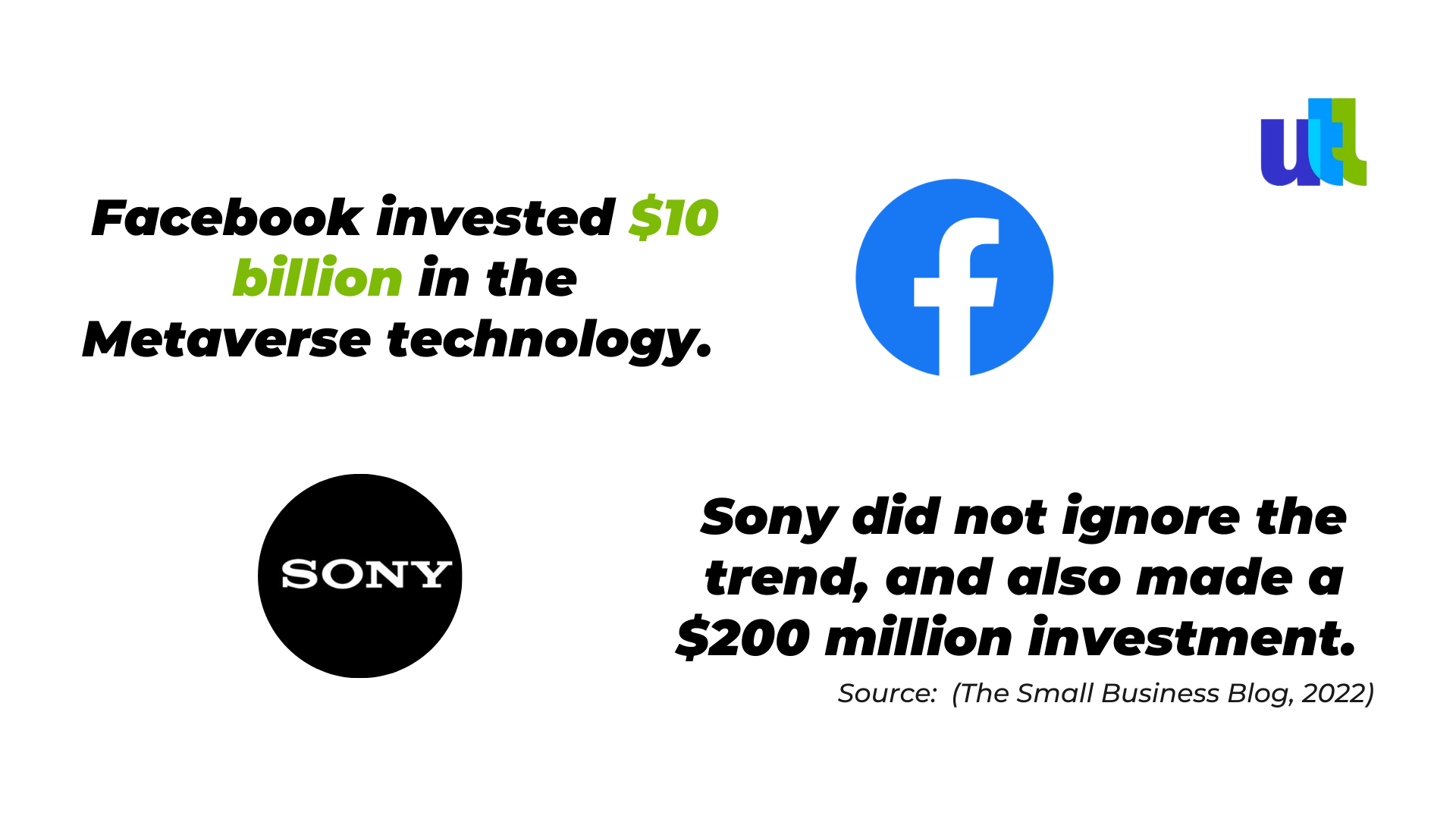
But what is Metaverse, Metaverse marketing, and why are those massive brands investing in it? In this article, we will explain everything step by step.
What is the Metaverse?
The Metaverse is a parallel, 3D, immersive virtual world. It consists of multiple interoperable online spaces, where people (represented by their digital avatars) can shop, trade, travel, work, and interact with each other. Basically, it offers a hyper-real alternative world.
It is a combination of multiple technologies, such as augmented and virtual reality, the latest graphics, and 3D avatars.
To understand it more in-depth, let’s consider some of its key characteristics:
- It is always active. Even when you leave the online space.
- It exists in real-time. Its timeline is synchronized with real-world timing.
- High use of human interface technologies.
- Players are individuals. Avatars can be doing separate activities at the same time.
- It is a self-contained universe. A fully functioning universe where you can create, own, sell, invest, get recognized, and be rewarded.
- Digital economy. Cryptocurrencies, NFTs, decentralization, and more.
- Different platforms work together. For example, you can bring items from one game to another.
- User-generated content. You are free to create and add your own pieces of content and items.
The age of digital dependency has transformed consumer behavior. Especially after the coronavirus pandemic, more people shop, work, play, and learn online. The Metaverse is like a “phygital” (physical+digital) solution.
How marketing in the Metaverse is different?
The evolution of marketing goes along with the changes to the web. In web 1.0, the goal of marketing was to have a web page (presence) with contact information. In Web 2.0 we started to connect people, gather their search history, and make the user experience more personalized. Now, with Web 3.0 we are passing to a much more immersive experience. Brand marketing and engagement are consumer-led.
The Metaverse allows companies to create their own world that fully represents their brand. In fact, in the way no video, ad, words or image can do. The Metaverse technology limits physical boundaries and offers a more real experience than traditional advertising.
For example, customers can view furniture products in 3D and even place them inside their rooms virtually.
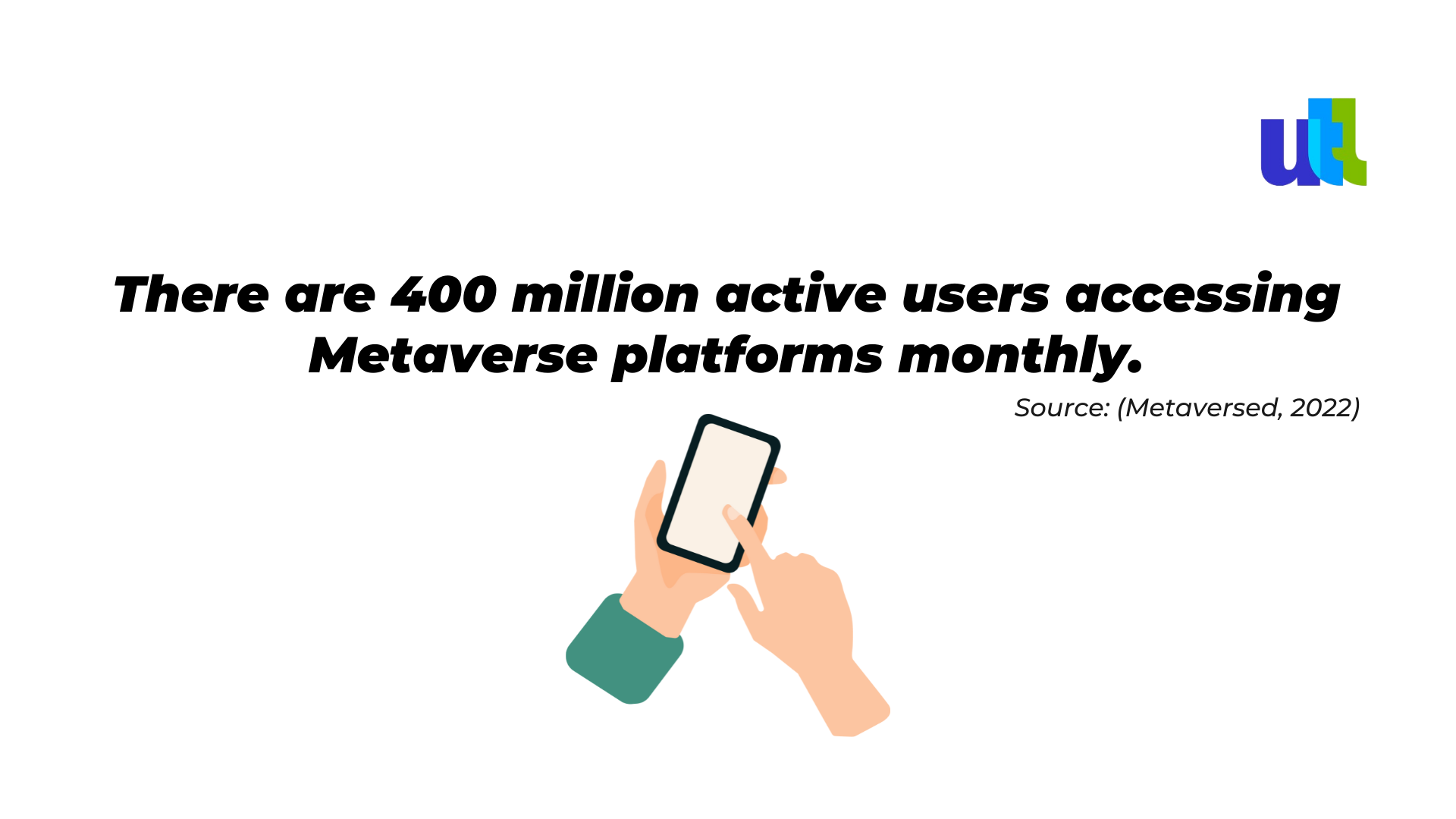
So, how companies can reach these users?
First of all, keep in mind the value of millennials and Gen Zers as a target market.
The metaverse is new and not everyone is using it yet, so companies that have implemented it seem much more innovative to consumers. Today’s traditional marketing has much more competition while using the Metaverse might be a great way to stand out and develop new advertising methods.
However, this also means there are more risks since it may be harder to predict and measure results.
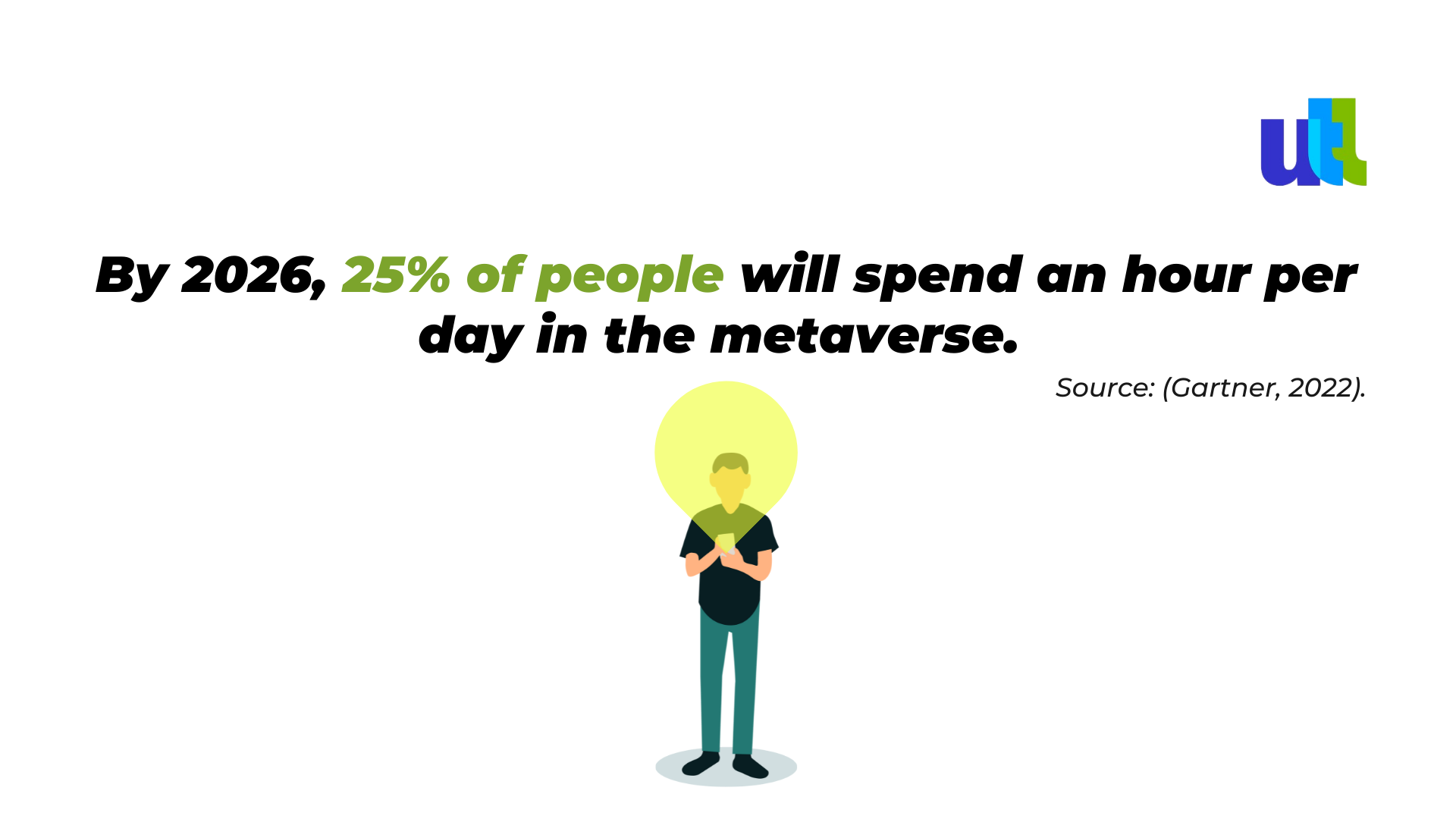
Organizations should set clear goals before entering the Metaverse and be sure to experiment because platforms constantly evolve. Start small, test reactions, and make the necessary adjustments.
Let’s now move to the best Metaverse marketing strategies you can try to apply.
Efficient Metaverse marketing strategies
Businesses should consider how to use the Metaverse to reach their unique target audiences. If the main goal is to simply increase sales, then it is a great idea to offer virtual items similar to those found in brick-and-mortar stores. This way people can have them both virtually and physically. But the Metaverse offers so much more.
1. Combining real-life marketing with Metaverse marketing
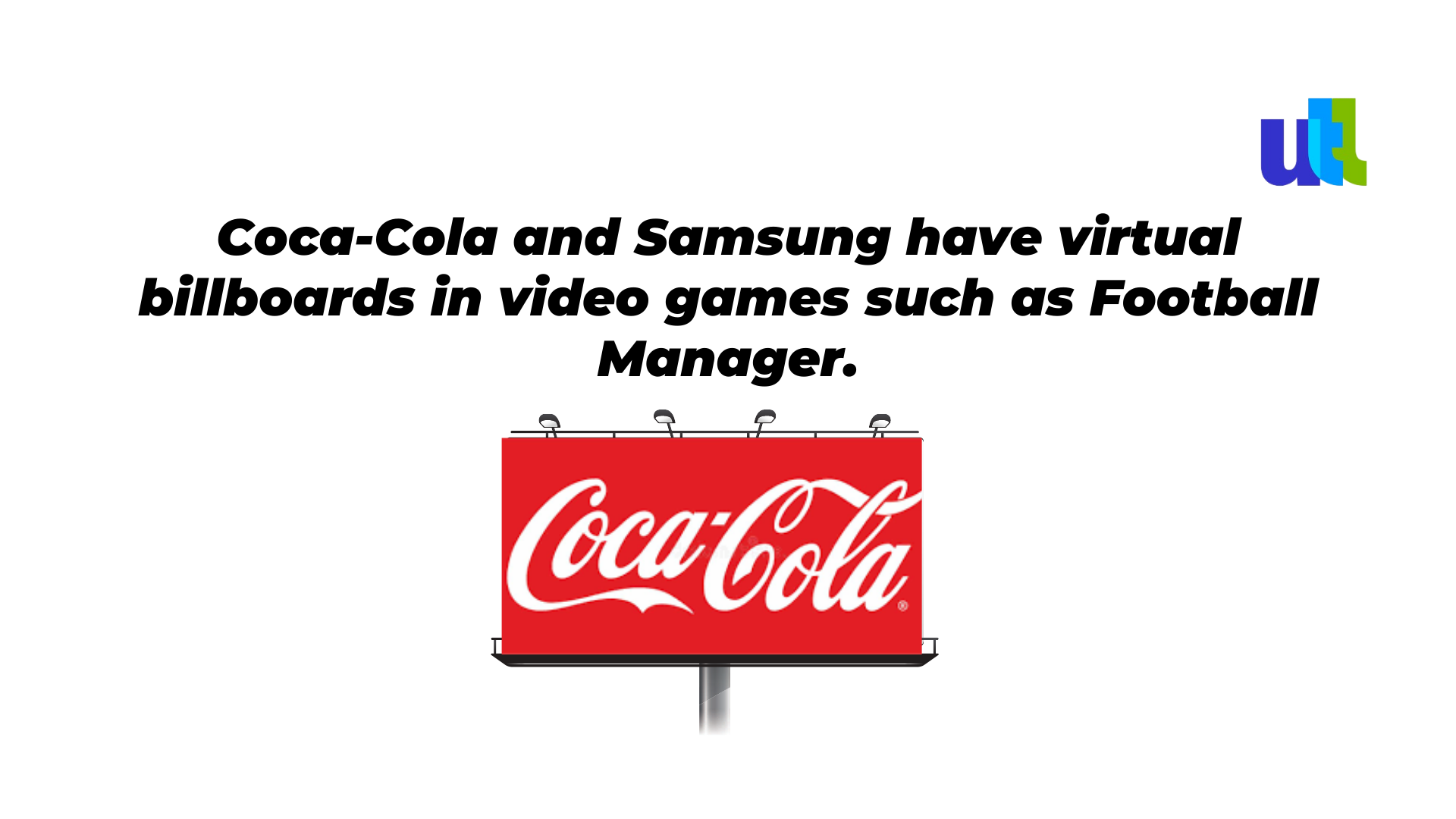
Create virtual marketing experiences based on those real-world ones that your brand already does successfully in real life.
Pros:
- Better brand engagement and recognition
- Immersive user experience
- Reduced supply chain cost and risk
- Opportunity to reach large new audience groups
Cons:
- More time spent on research and planning the campaign
- Different formats
2. Leveraging immersive experiences
Use the nature of the Metaverse and offer more live and engaging activities, such as branded installations and events that users can participate in, and not just simple ads.
Brands have recently discovered new revenue streams through collaborations with the Metaverses worlds (like Roblox). Some great examples: the Lil Nas X concert, the Gucci Garden experience visits, and the virtual rendition of the Washington Heights neighborhood.
3. Finding new communities and adding active engagement
Generally, people do not like advertising. Remember also that you can’t just enter a new platform without taking the new format and communication approaches into account.
User-generated content is of great importance in the Metaverse, this way community members become integral parts of the execution of your new campaigns.
Build connections with the people that are already there, be proactive, and show your interest. Partnerships, sponsorships, and participation in various events also show great results in Metaverse marketing.
4. Allow customers to try your products
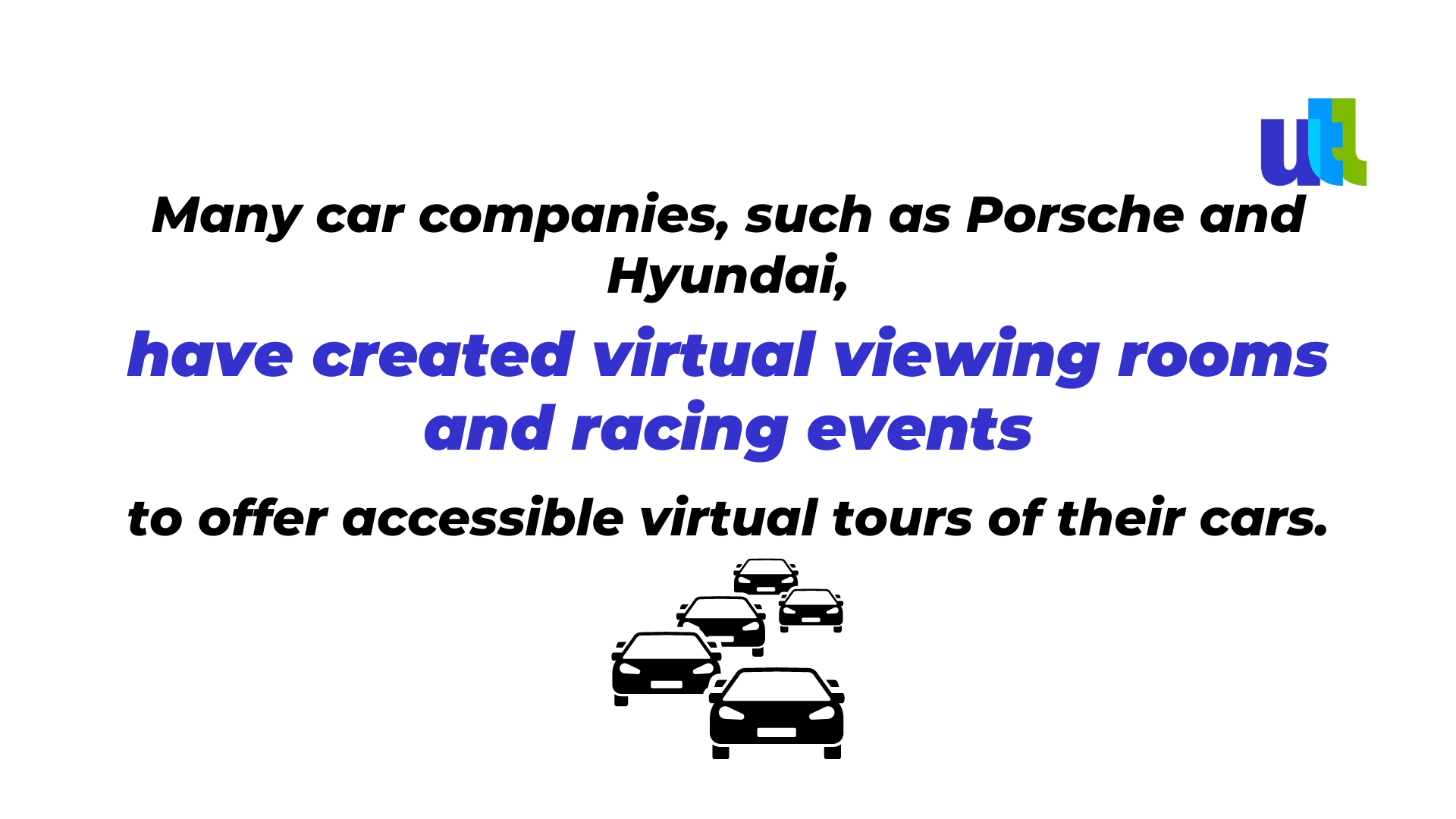
Eventually, companies can do the same with a variety of items. Remember that customers like it when they do not have to leave their homes to try a new product.
In the next couple of years, many people are expected to be attracted by such opportunities, mostly because of their curiosity and the advancements in VR and AR technologies.
5. Develop your own branded NFT
The advantage of creating a branded NFT for Metaverse marketing is that it drives brand awareness. Some world-class brands have already understood how powerful NFTs are.
Statista confirms a significantly growing interest in NFTs from brands like Adidas, Nike, and Taco Bell amongst audiences of all demographics.
You do not need to be a professional artist or a top coder to create one. In fact, many online resources can give you a detailed low down. Investing in branded NFTs will allow your users to take away something that will remind them of your brand in the Metaverse.
The most important thing here is to determine what your audience would deem valuable.
Wrapping up
There are many reasons why marketers are so curious about the Metaverse. It’s new, offers faster connections, and supports growing environments. But maybe the most important reason is a great opportunity to target Millennials and Gen X and keep them engaged.
With all the supporting facts and the latest statistics, we believe it’s time to give it a go. But remember: regular ads won’t work that well this time – you’ll need to think creatively, build virtual connections, and use engagement as your main KPI. Staying open-minded, curious, and patient, and integrating the best Metaverse marketing strategies will greatly help you on your way to a successful brand image in the Metaverse.
For free consultation about marketing in the Metaverse click here.
----------------------------------------------------------------------------------------------
View the full presentation:
WRITTEN BY
Sofia Kutko
2022-10-31


































































































































































































